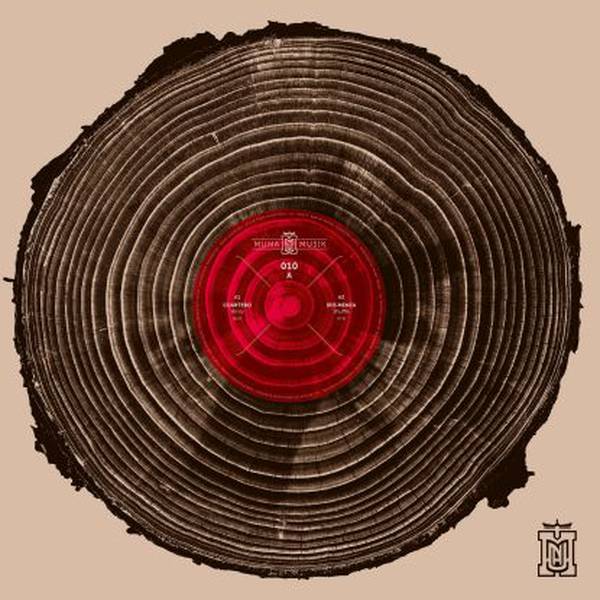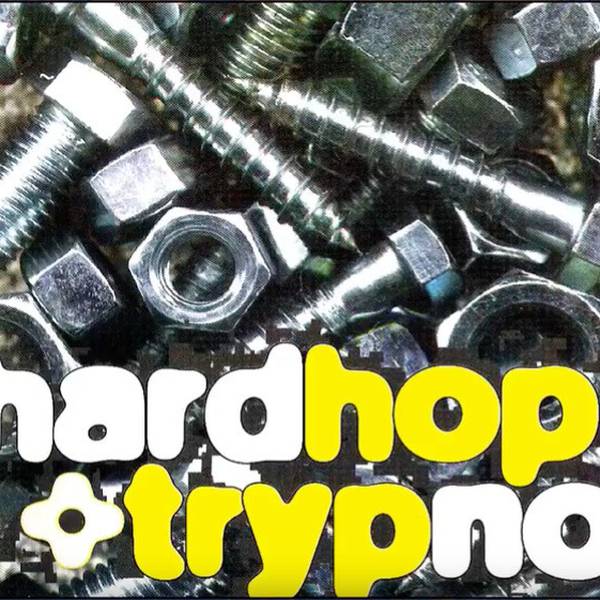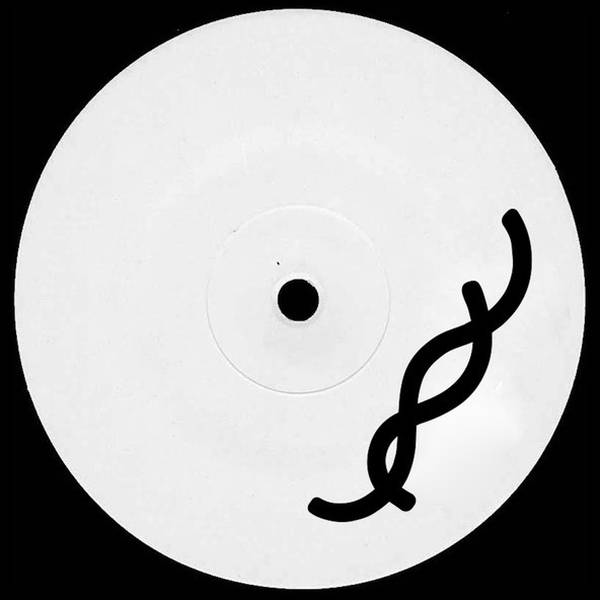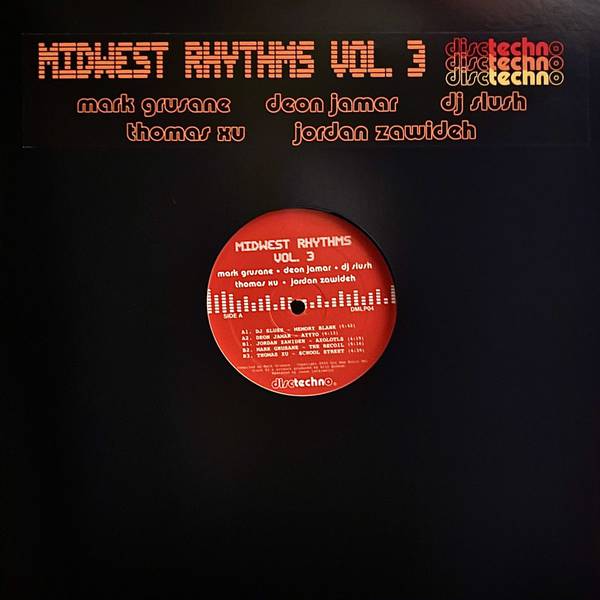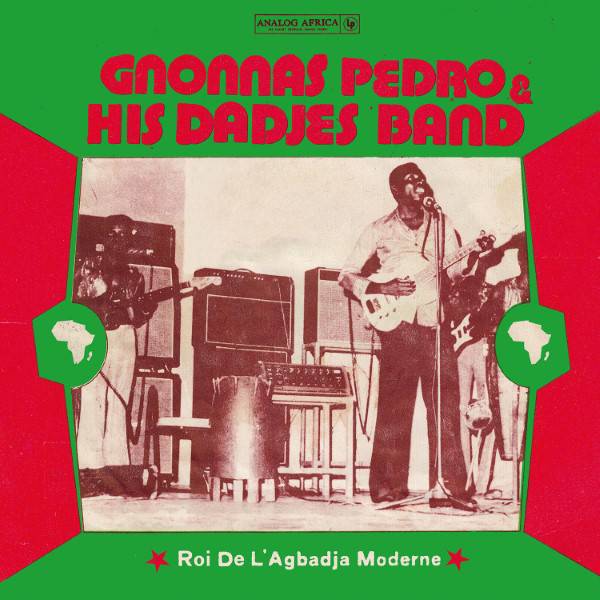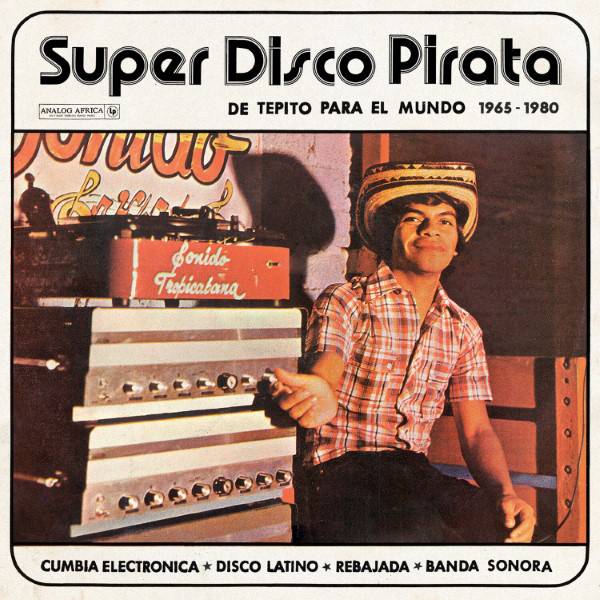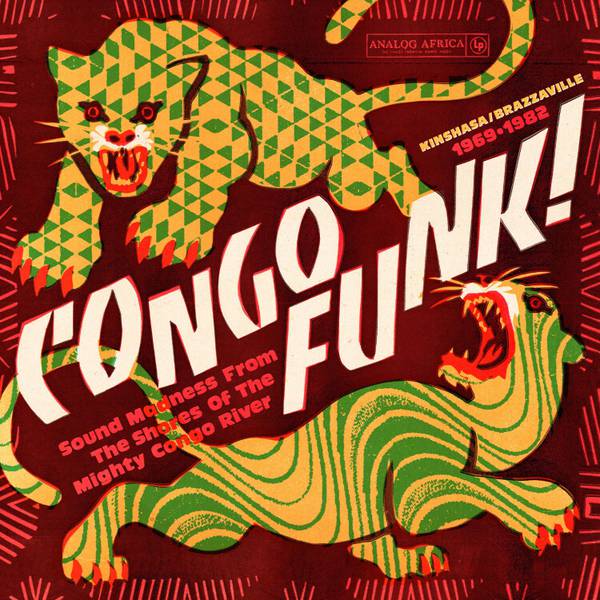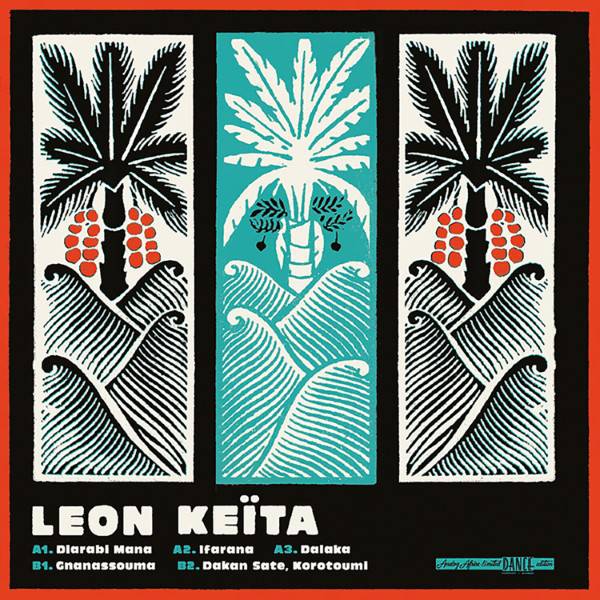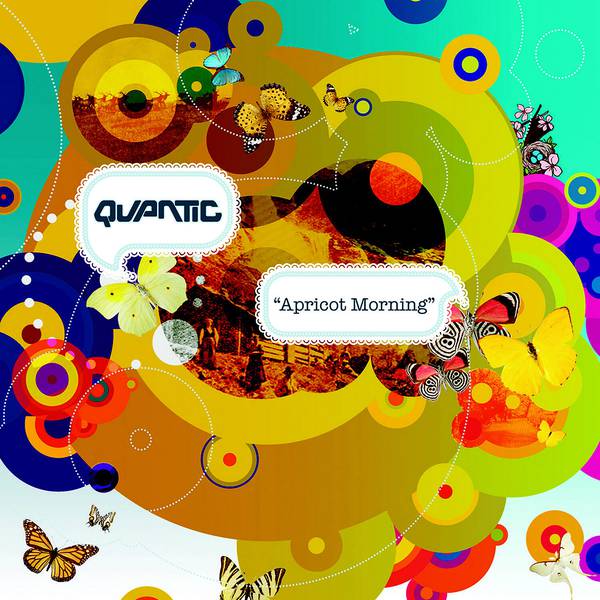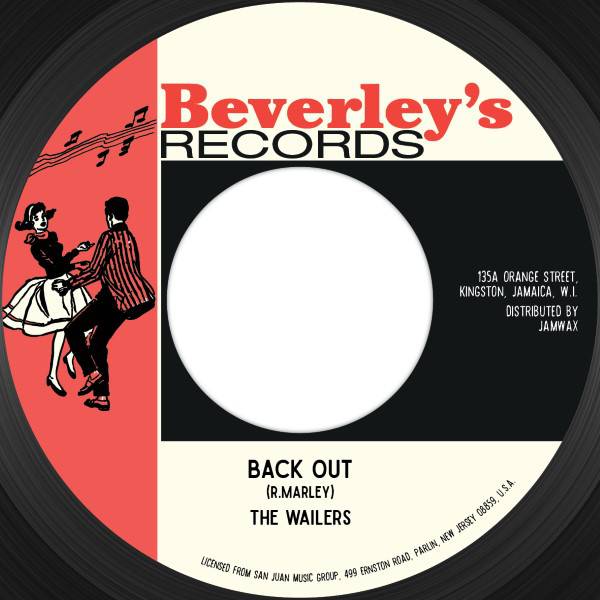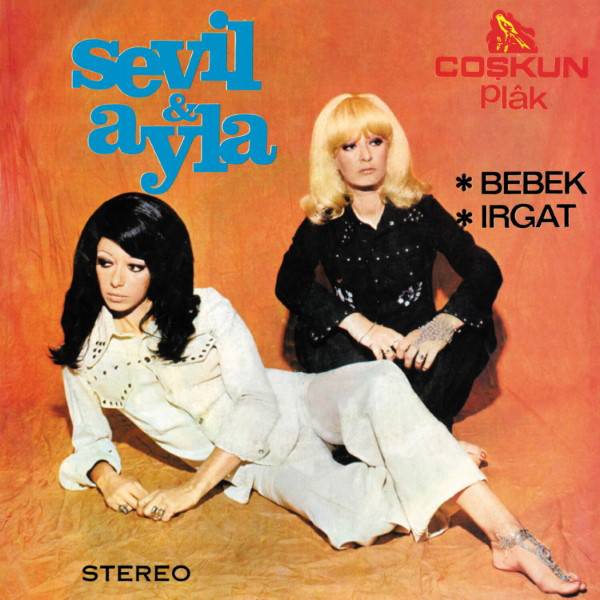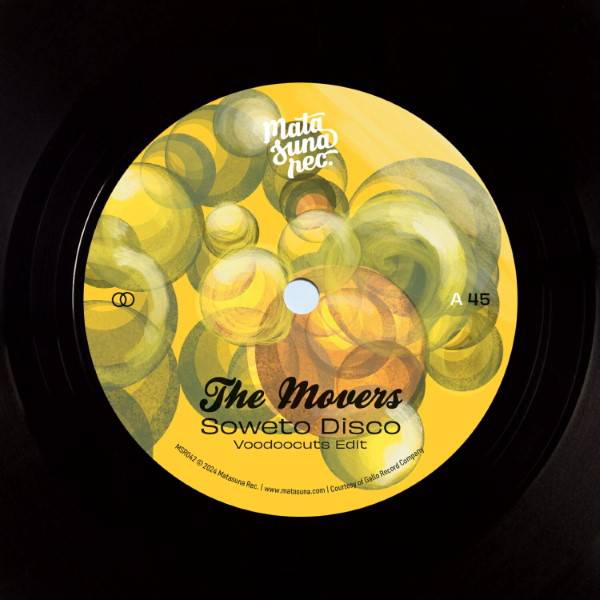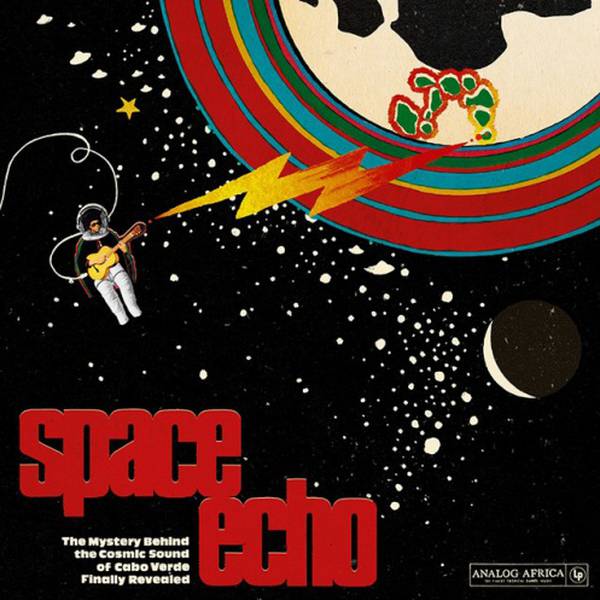
Tax included, Shipping not included
In the spring of 1968 a cargo ship was preparing to leave the port of Baltimore with an important shipment of
musical instruments. Its final destination was Rio De Janeiro, where the EMSE Exhibition (Exposição Mundial
Do Son Eletrônico) was going to be held.
It was the first expo of its kind to take place in the Southern Hemisphere and many of the leading companies in
the field of electronic music were involved. Rhodes, Moog, Farfisa, Hammond and Korg, just to name a few,
were all eager to present their newest synthesisers and other gadgets to a growing and promising South
American market, spearheaded by Brazil and Colombia.
The ship with the goods set sail on the 20th of March on a calm morning and mysteriously disappeared from
the radar on the very same day.
One can only imagine the surprise of the villagers of Cachaço, on the Sao Nicolau island of Cabo Verde, when
a few months later they woke up and found a ship stranded in their fields, in the middle of nowhere, 8 km from
any coastline.
After consulting with the village elders, the locals had decided to open the containers to see what was inside –
however gossip as scintillating as this travels fast and colonial police had already arrived and secured the area.
Portuguese scientists and physicians were ordered to the scene and after weeks of thorough studies and
research, it was concluded that the ship had fallen from the sky. One of the less plausible theories was that it
might have fallen from a Russian military air carrier. The locals joked that again the government had wasted
their tax money on a useless exercise, as a simple look at the crater generated by the impact could explain the
phenomena. “No need for Portuguese rocket scientists to explain this!” they laughed.
What the villagers didn’t know, was that traces of cosmic particles were discovered on the boat. The bow of the
ship showed traces of extreme heat, very similar to traces found on meteors, suggesting that the ship had
penetrated the hemisphere at high speed. That theory also didn't make sense as such an impact would have
reduced the ship to dust. Mystery permeated the event.
Finally, a team of welders arrived to open the containers and the whole village waited impatiently. The
atmosphere, which had been filled with joy and excitement, quickly gave way to astonishment. Hundreds of
boxes conjured, all containing keyboards and other instruments which they had never seen before: and all
useless in an area devoid of electricity. Disappointment was palpable. The goods were temporarily stored in
the local church and the women of the village had insisted a solution be found before Sunday mass.
It is said that charismatic anti-colonial leader Amílcar Cabral had ordered for the instruments to be distributed
equally in places that had access to electricity, which placed them mainly in schools.
This distribution was best thing that could have happened - keyboards found fertile grounds in the hands of
curious children, born with an innate sense of rhythm who picked up the ready-to-use instruments. This in turn
facilitated the modernisation of local rhythms such as Mornas, Coladeras and the highly danceable music style
called Funaná, which had been banned by the Portuguese colonial rulers until 1975 due to its sensuality!
The observation was made that the children who came into contact with the instruments found on the ship
inherited prodigious capabilities to understand music and learn instruments. One of them was the musical
genius Paulino Vieira, who by the end of the 70s would become the country´s most important music arranger.
8 out of the 15 songs presented in this compilation had been recorded with the backing of the band Voz de
Cabo Verde, lead by Paulino Vieira, the mastermind behind the creation and promulgation of what is known
today as “The Cosmic Sound of Cabo Verde”.
Tracklist
Track 1
Track 2
Track 3
Track 4
Track 5
Track 6
Track 7
Track 8
Track 9
Track 10
Track 11
Track 12
Track 13
Track 14
Track 15
